REVISION NOTES
IGCSE Edexcel Physics
1.2 Forces, Movement, Shape and Momentum
1.2.1 Describe the effects of forces between bodies such as changes in speed, shape or direction
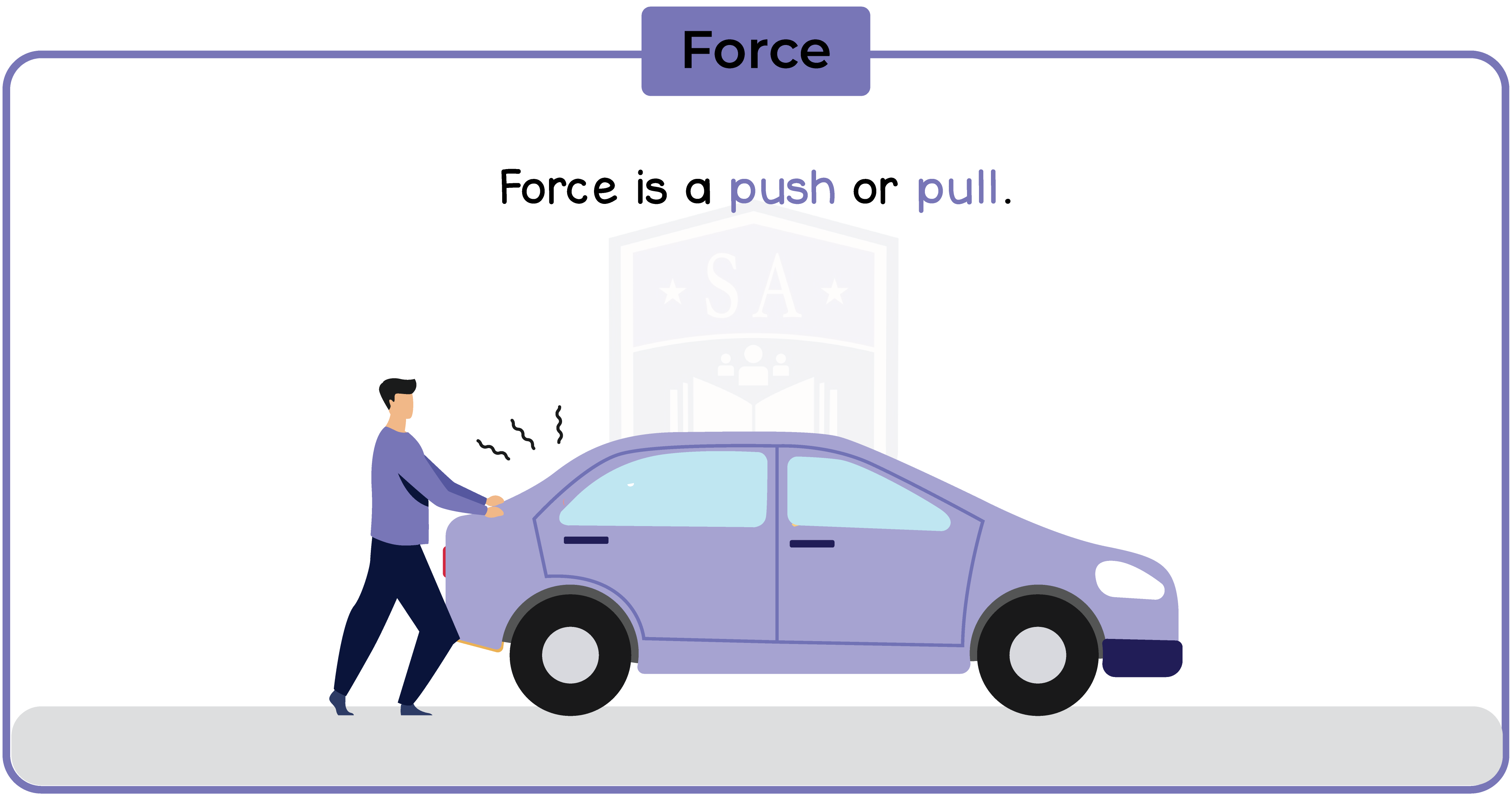
1.2.2 Identify different types of force such as gravitational or electrostatic

1.2.3 Understand how vector quantities differ from scalar quantities

Vector quantities have magnitude (size) and a direction.
Example: Displacement, Velocity, Acceleration, Force, Weight, Momentum, etc.
Scalar quantities only have magnitude and no direction.
Example: Distance, Speed, Energy, Mass, Temperature, Time, etc.
1.2.4 Understand that force is a vector quantity
1.2.5 Calculate the resultant force of forces that act along a line
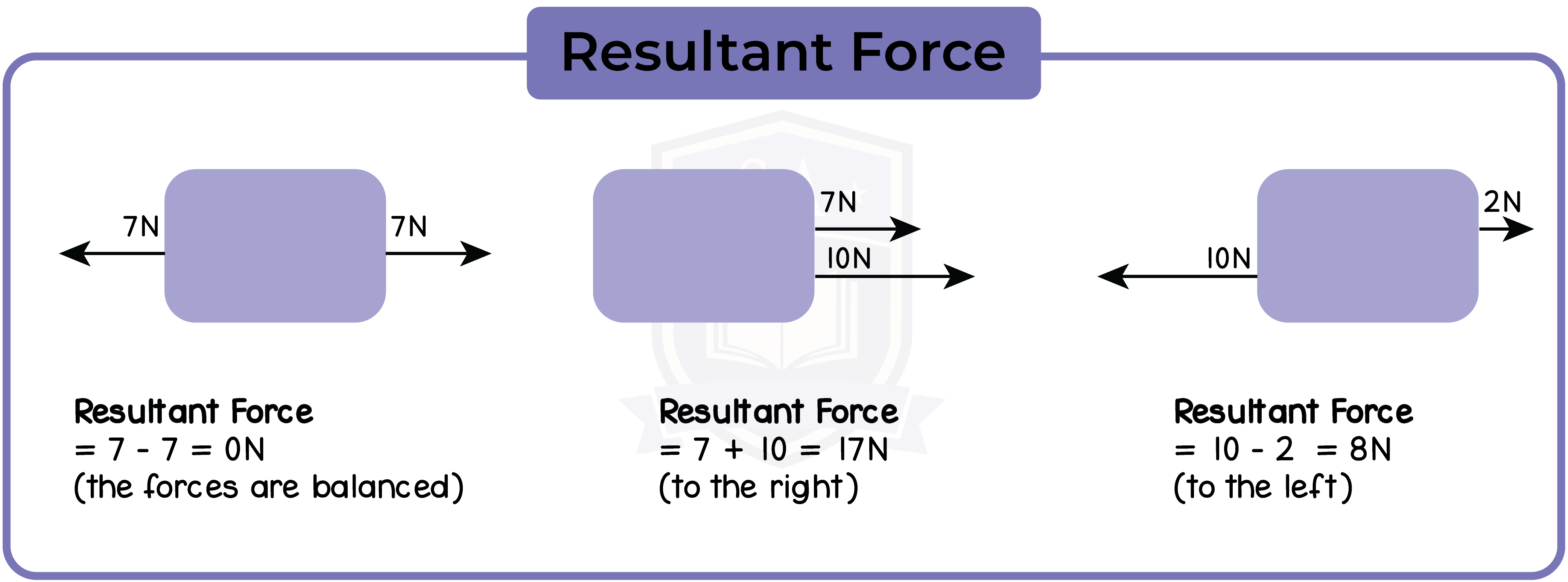
1.2.6 Know that friction is a force that opposes motion
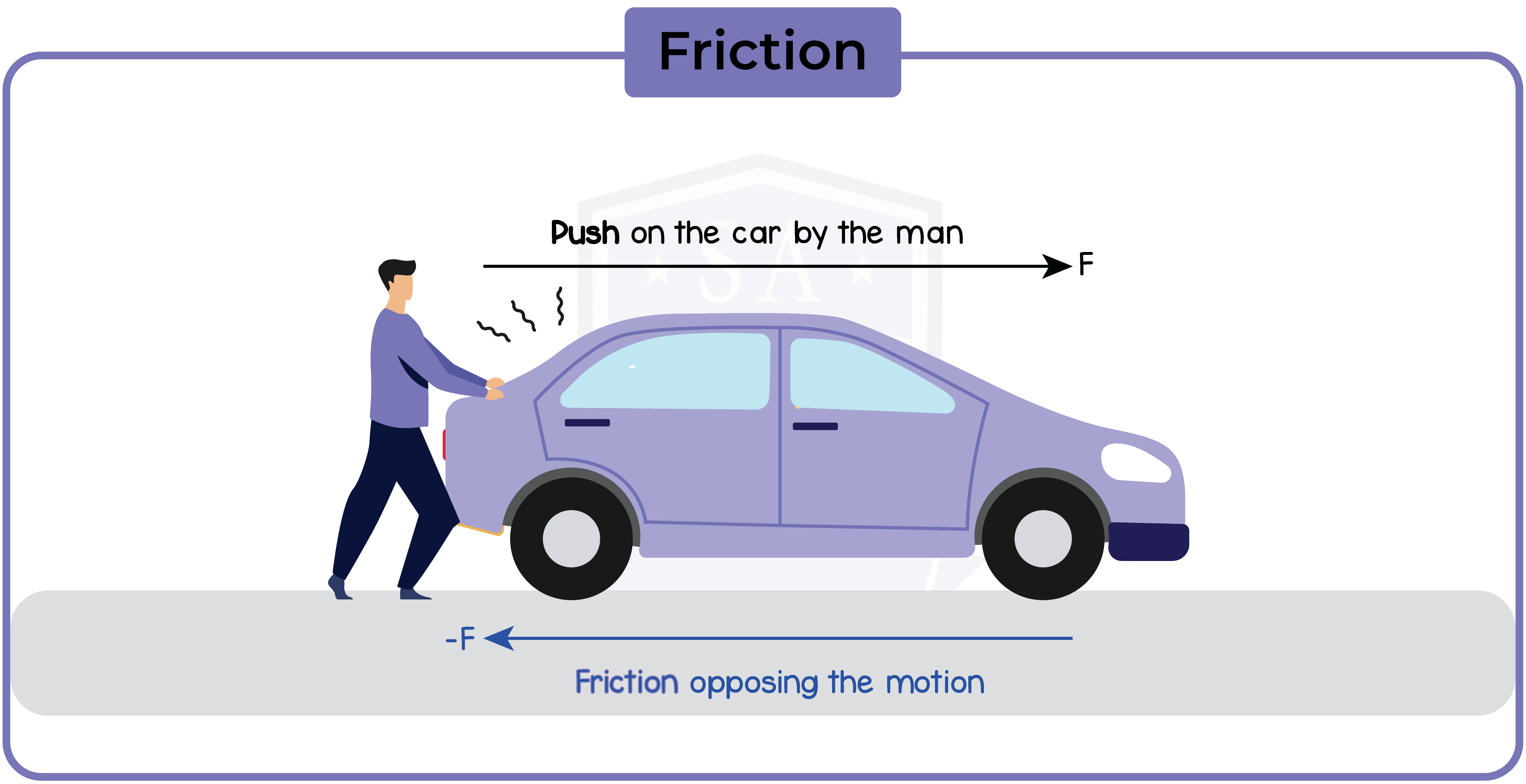
1.2.7 Know and use the relationship between unbalanced force, mass and acceleration:
force = mass × acceleration
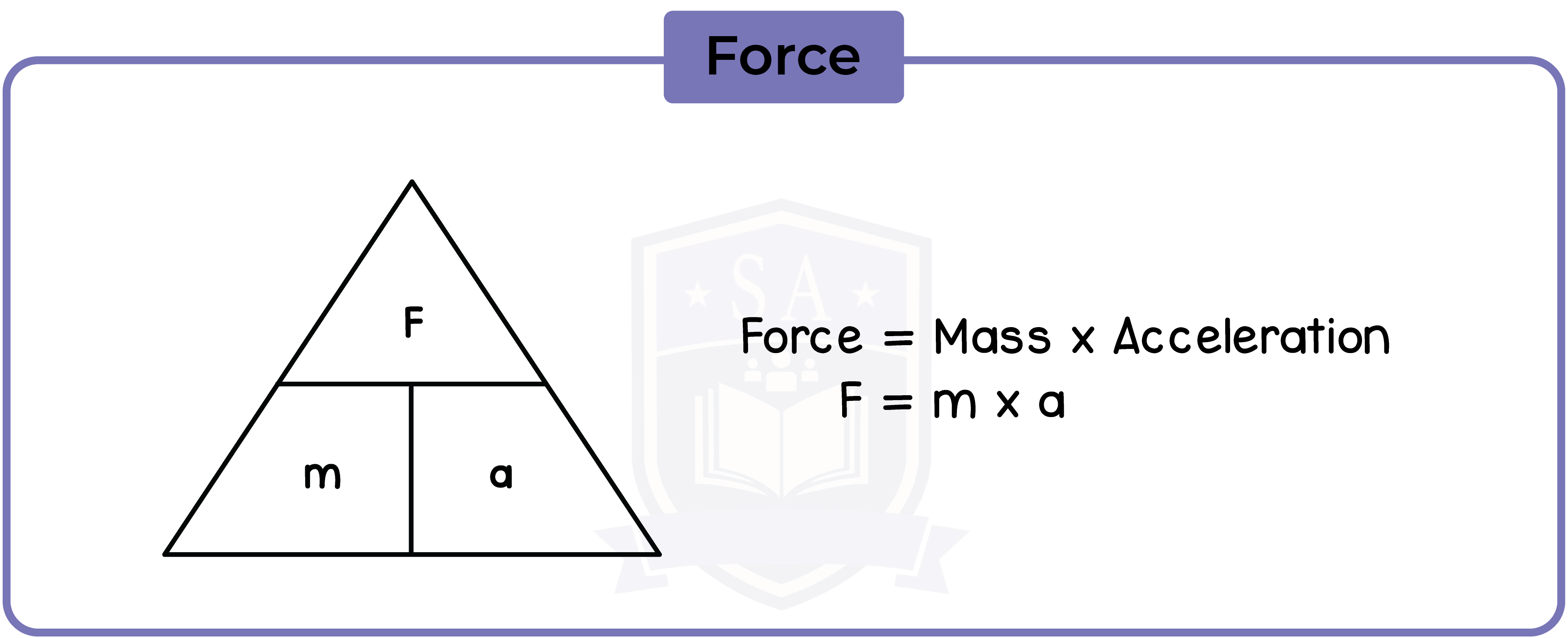
1.2.8 Know and use the relationship between weight, mass and gravitational field strength:
weight = mass × gravitational field strength
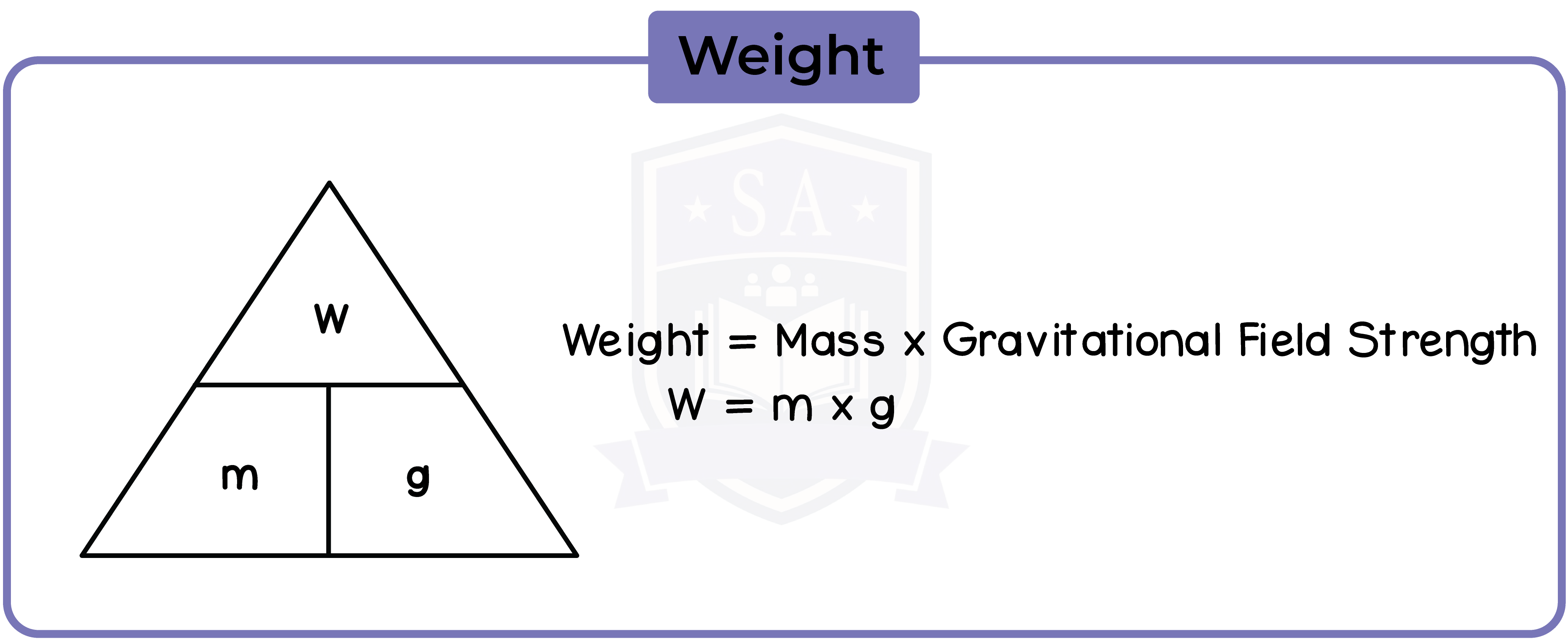
1.2.9 Know that the stopping distance of a vehicle is made up of the sum of the thinking distance and the braking distance
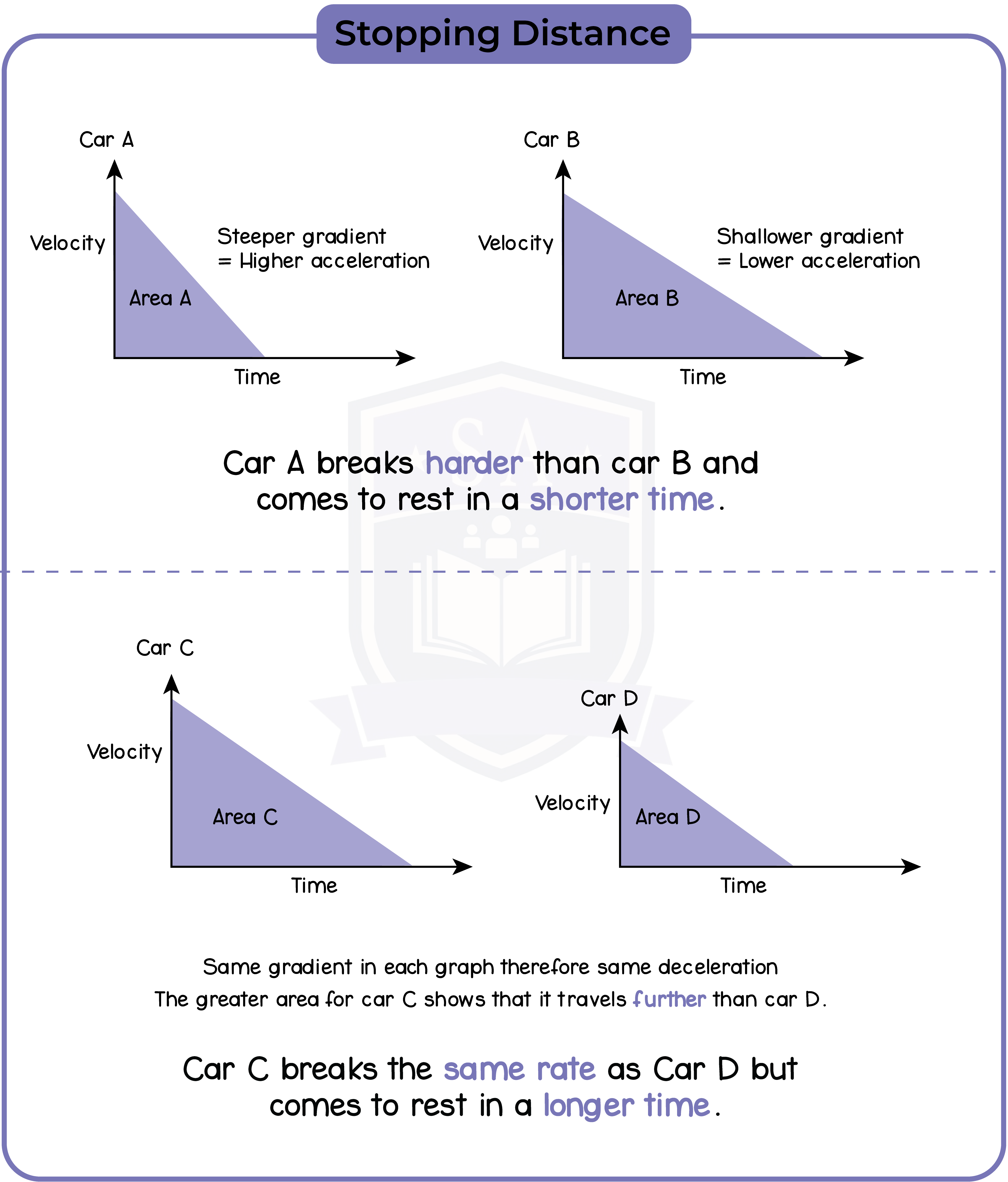
1.2.10 Describe the factors affecting vehicle stopping distance, including speed, mass, road condition and reaction time
1.2.11 Describe the forces acting on falling objects (and explain why falling objects reach a terminal velocity)
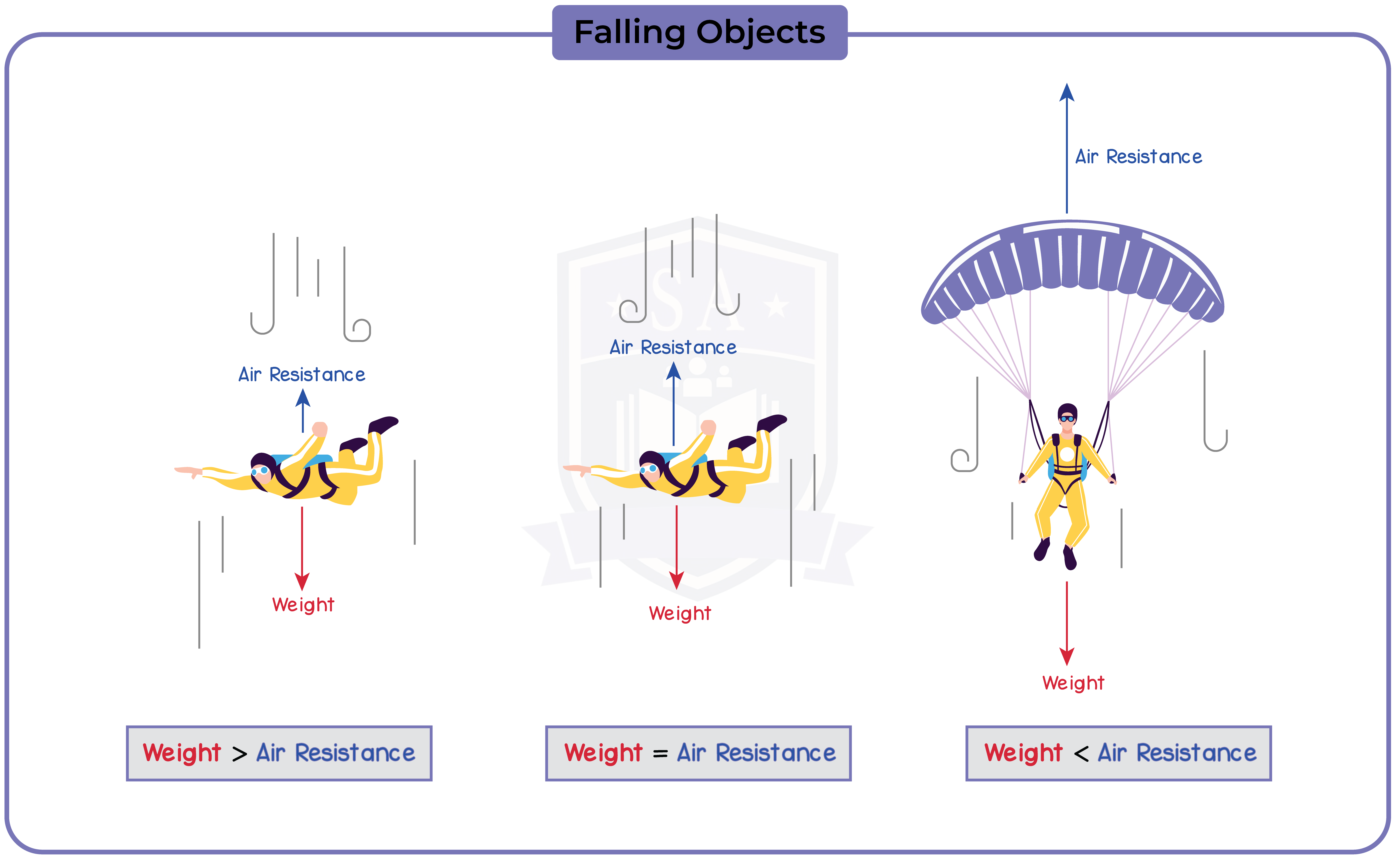
1.2.12 Practical: investigate how extension varies with applied force for helical springs, metal wires and rubber bands
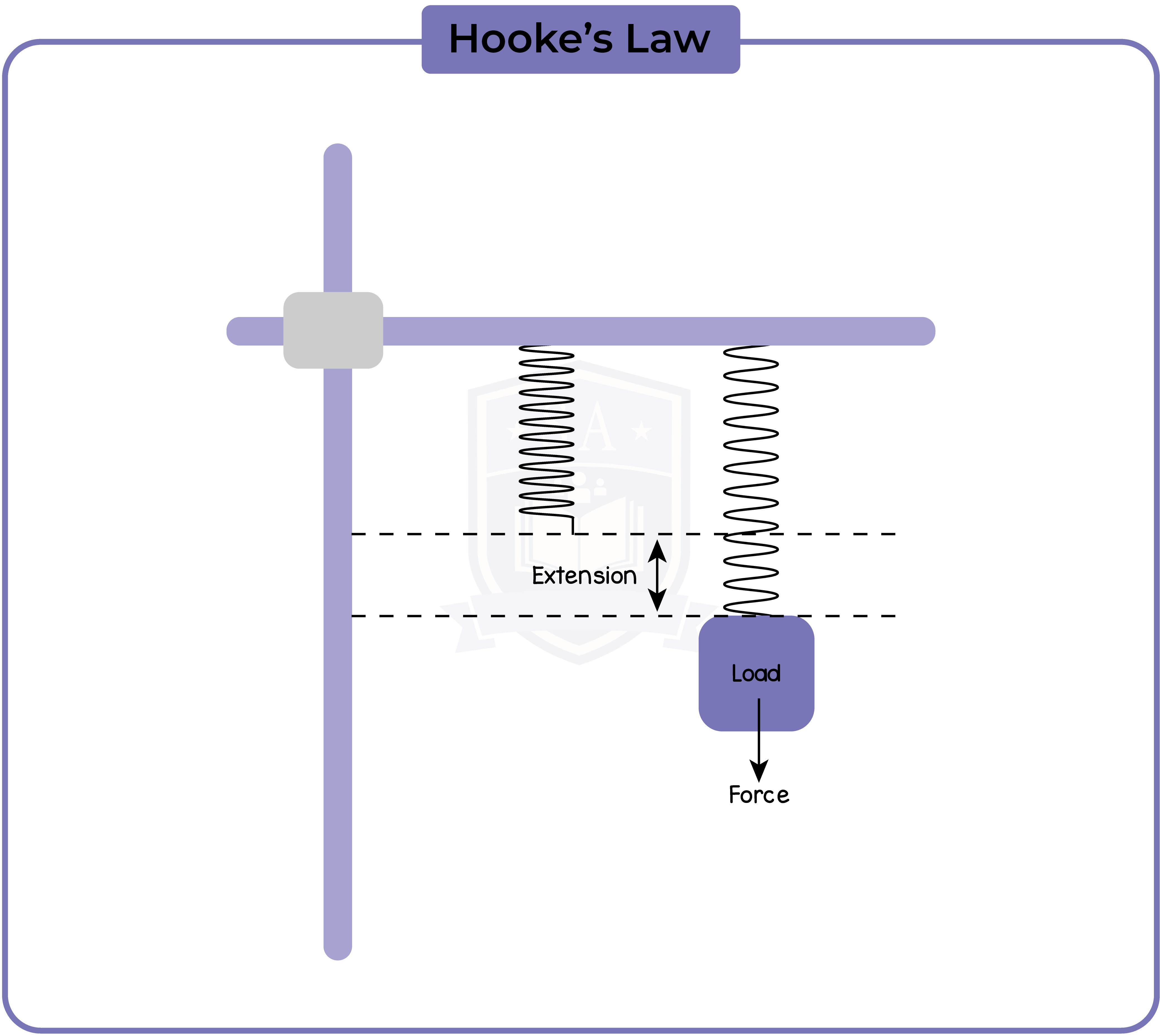
1.2.13 Know that the initial linear region of a force-extension graph is associated with Hooke’s law
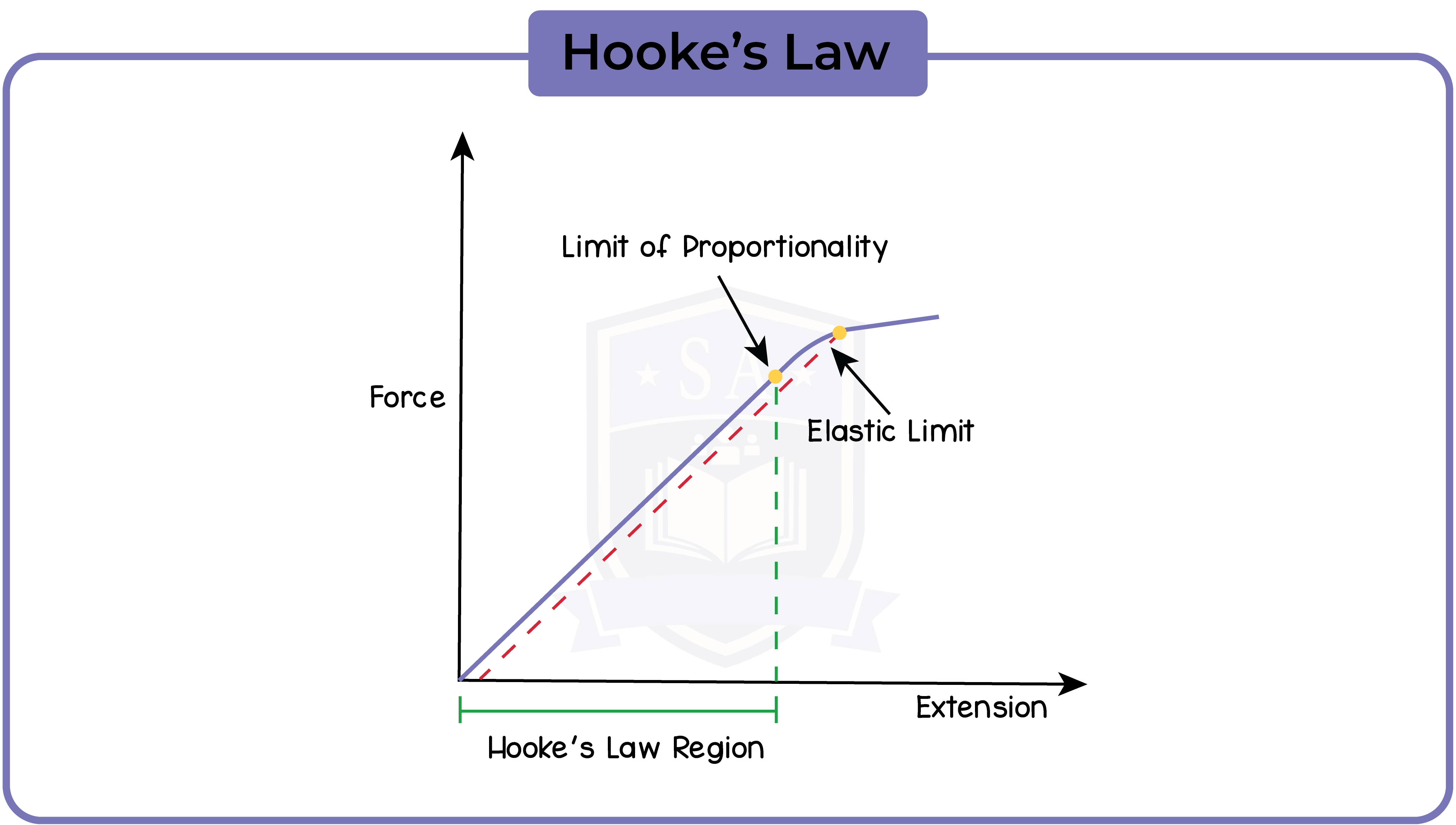
1.2.14 Describe elastic behaviour as the ability of a material to recover its original shape after the forces causing deformation have been removed
1.2.15P know and use the relationship between momentum, mass and velocity:
momentum = mass × velocity
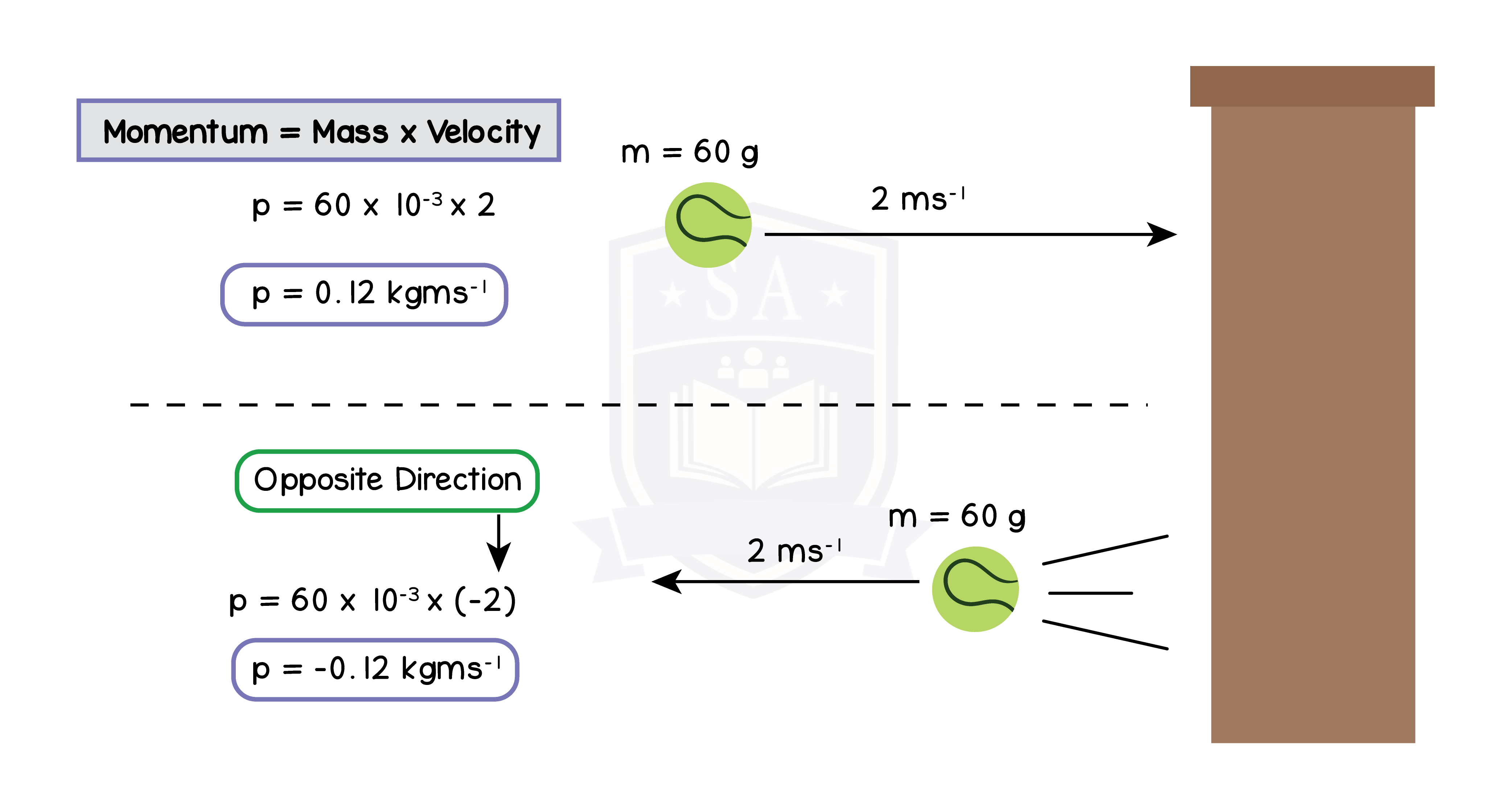
1.2.16P Use the idea of momentum to explain safety features

1.2.17P Use the conservation of momentum to calculate the mass, velocity or momentum of objects
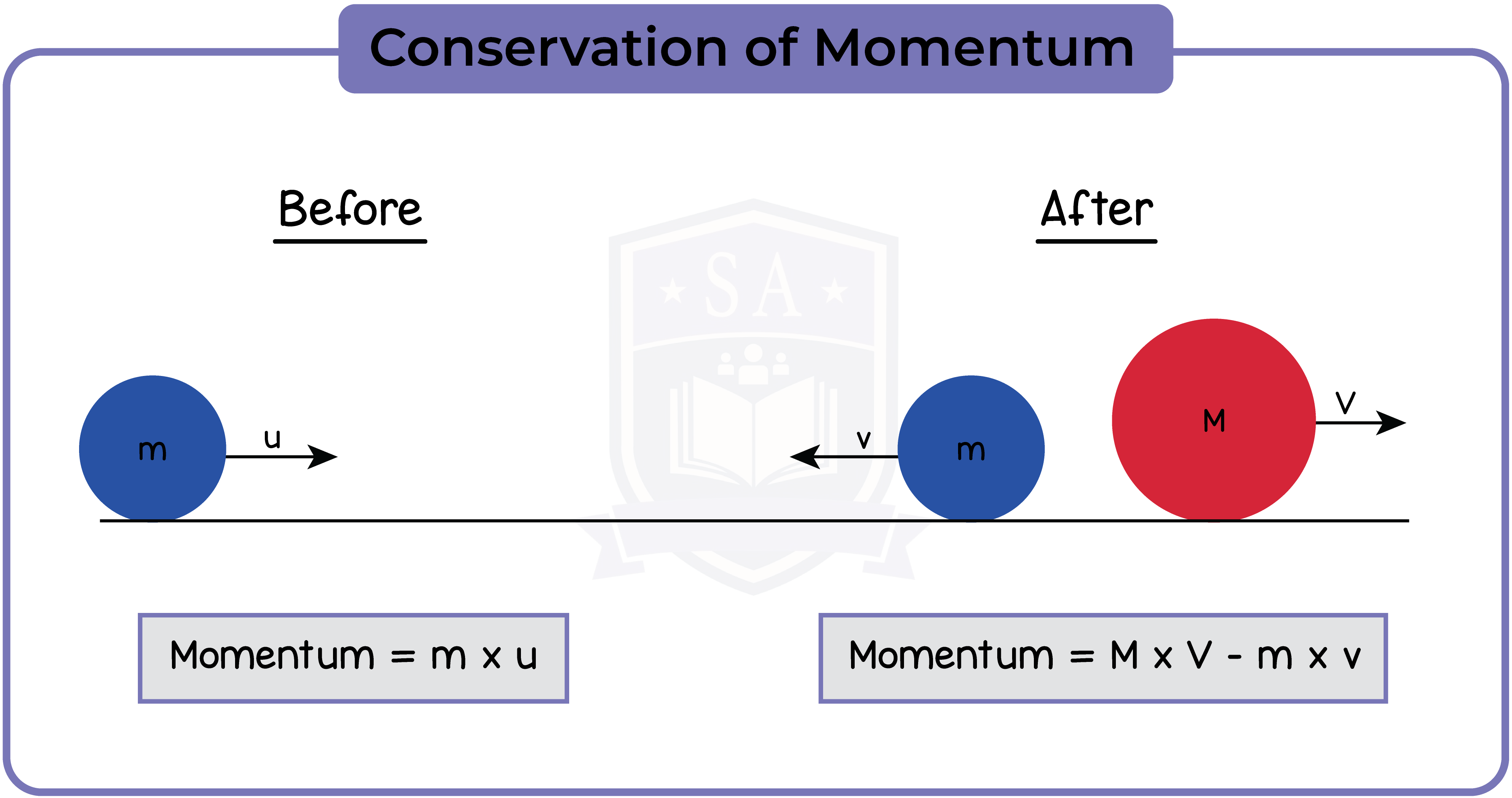
1.2.18P Use the relationship between force, change in momentum and time taken:
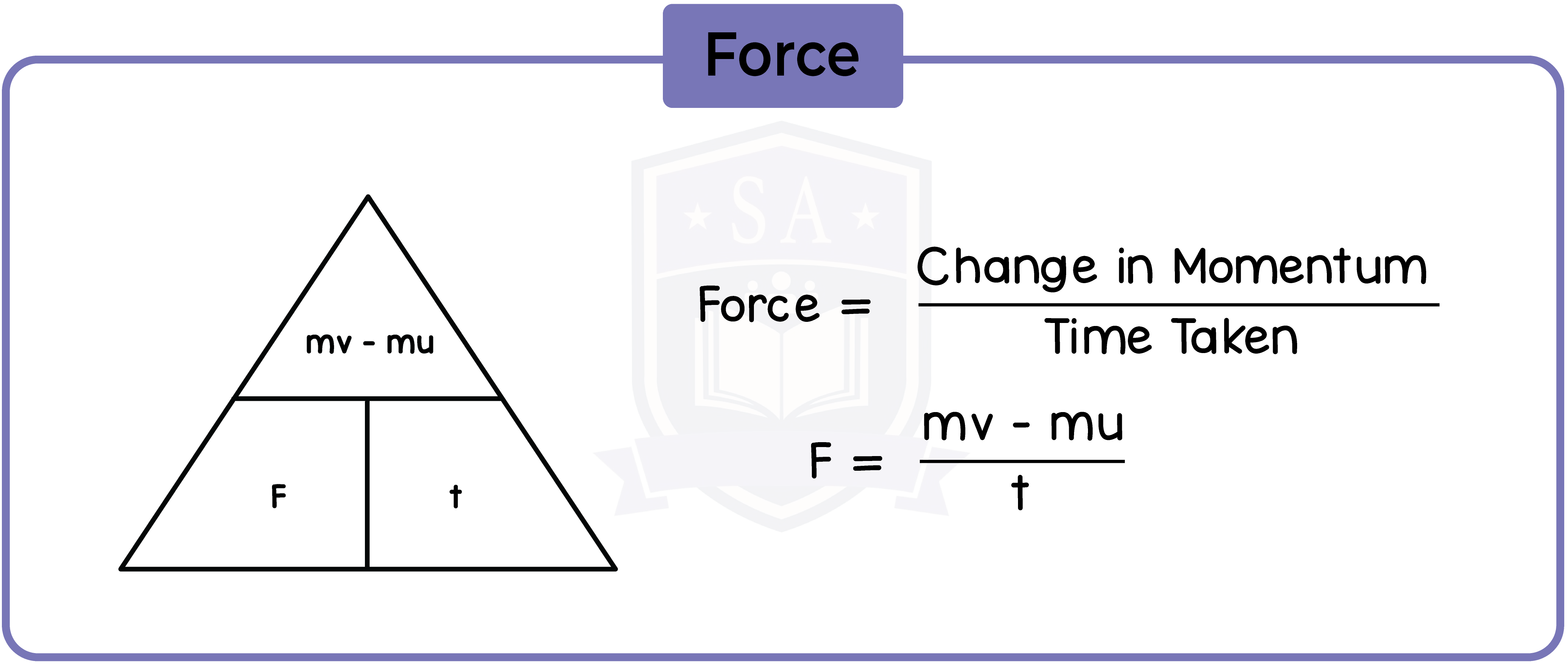
1.2.19P Demonstrate an understanding of Newton’s third law
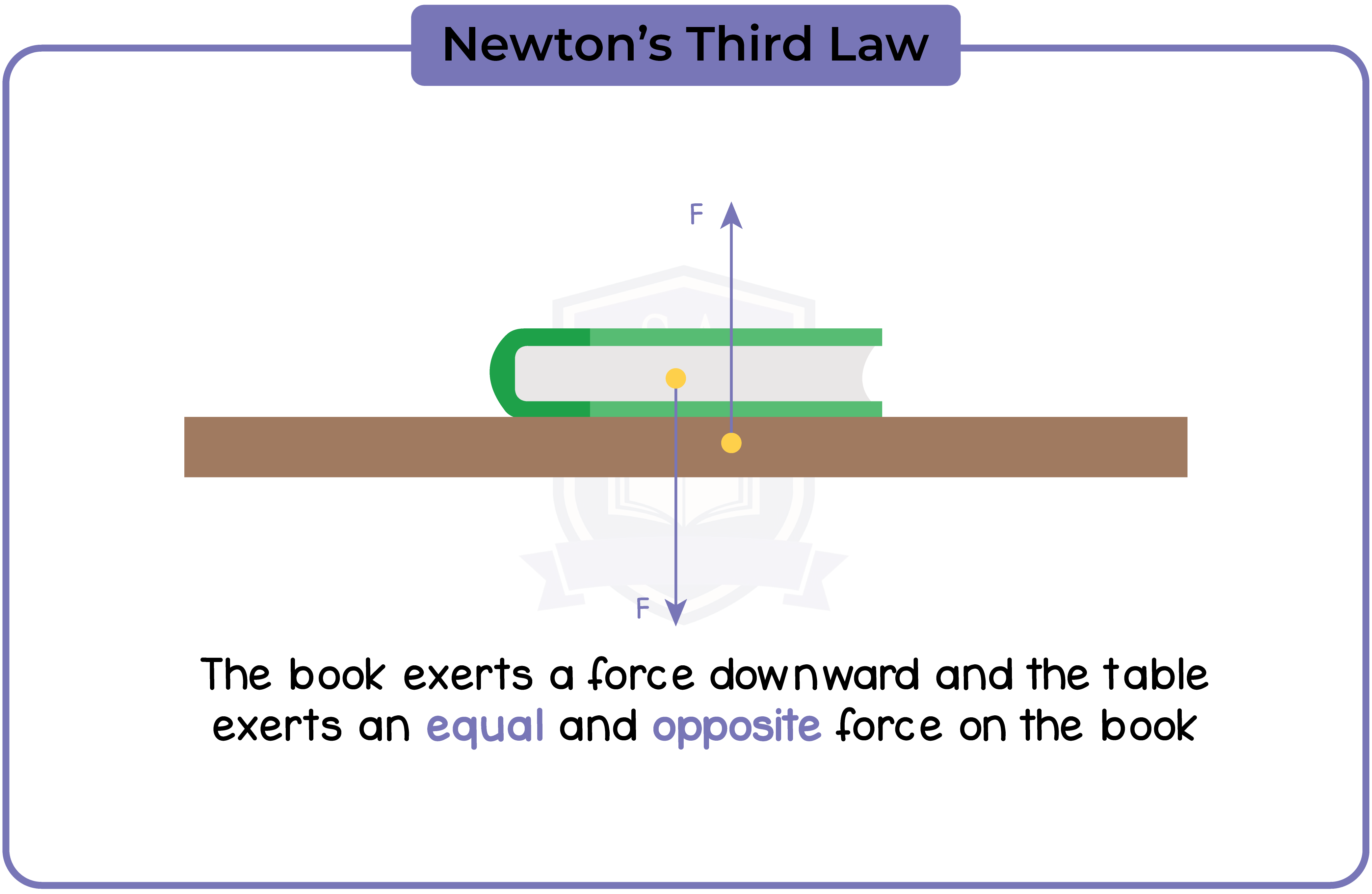
1.2.20P Know and use the relationship between the moment of a force and its perpendicular distance from the pivot:
moment = force × perpendicular distance from the pivot
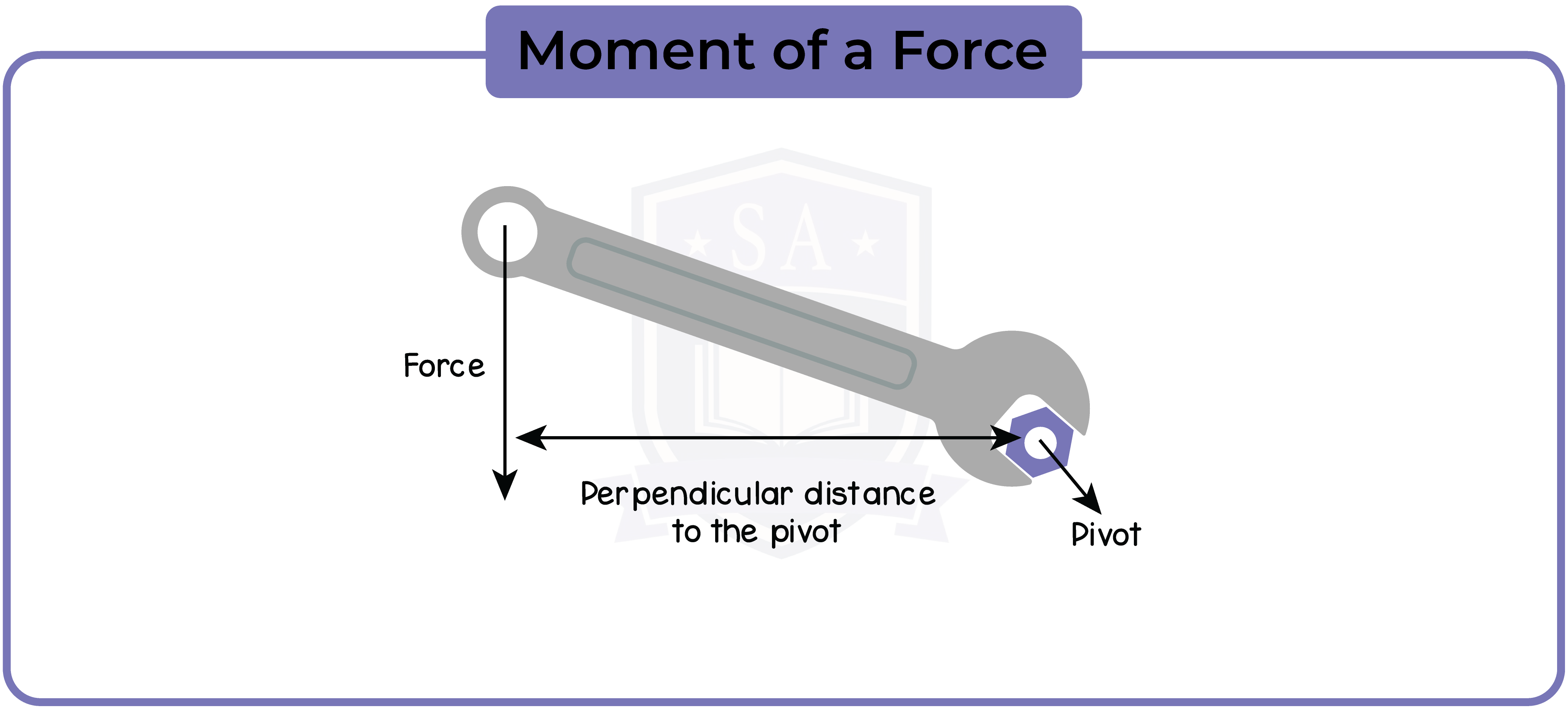
1.2.21P Know that the weight of a body acts through its centre of gravity

1.2.22P Use the principle of moments for a simple system of parallel forces acting in one plane
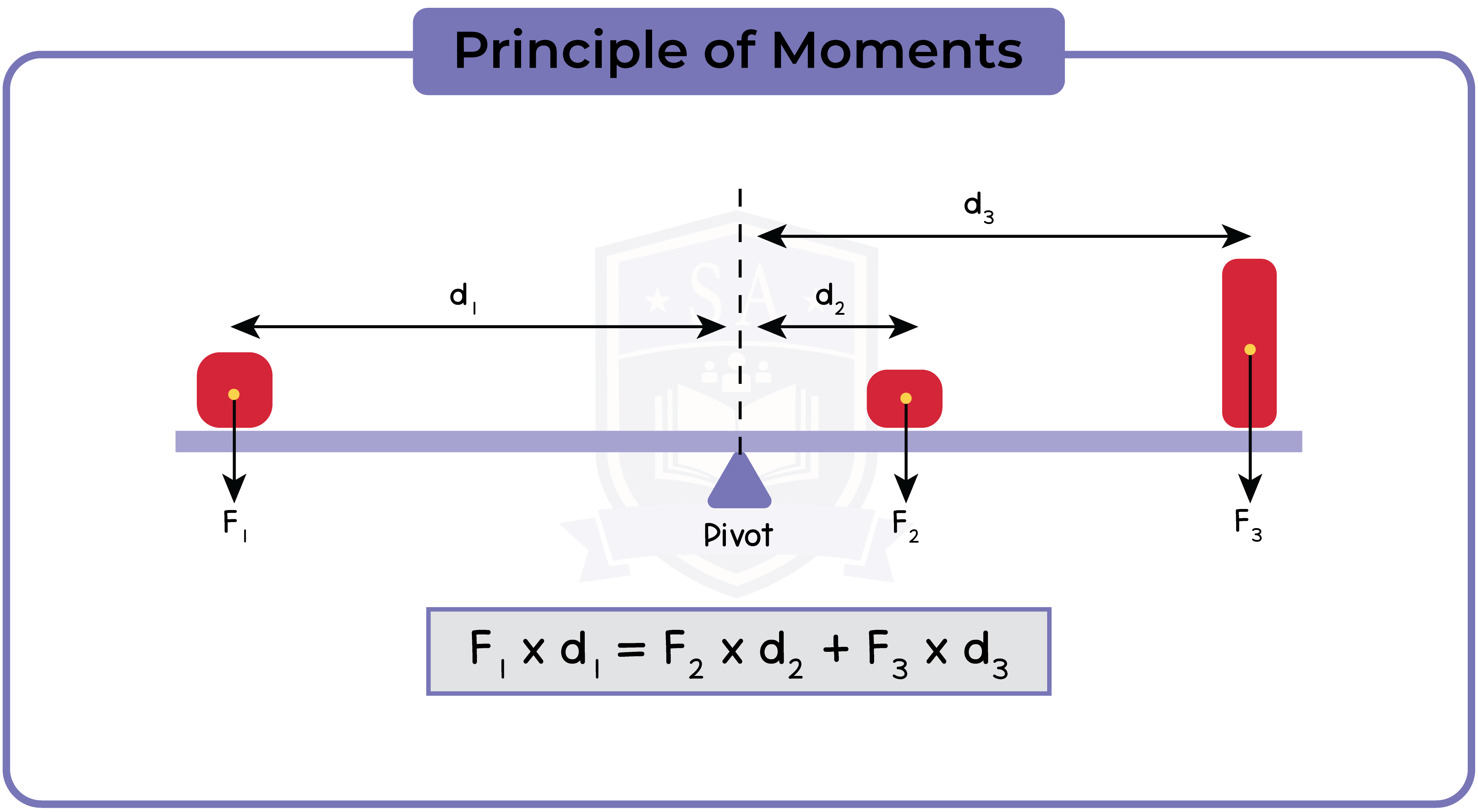
1.2.23P Understand how the upward forces on a light beam, supported at its ends, vary with the position of a heavy object placed on the beam


